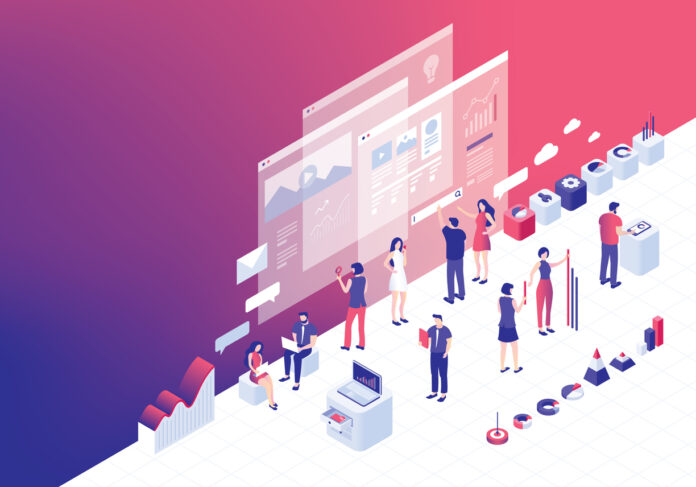
What are the most capable, cost-effective tech trends for businesses in 2024? Considering that the entire corporate landscape is based on technology, it’s hard to choose just a few leaders out of the bunch. However, the following are worthy candidates that stand out based on value, ease-of-use, and widespread acceptance.
1. CRM Software
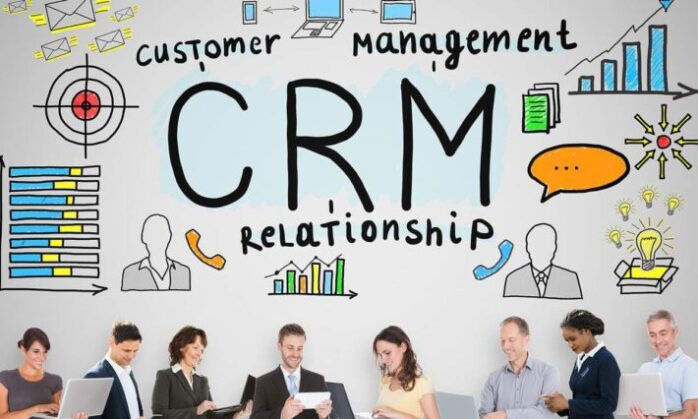
The entire concept of commerce is built on networks of people who profit from having relationships with each other. In today’s highly mechanized, computerized environment, entrepreneurs who know how to create solid connections with their customers come out on top. That’s where Customer Relationship Management comes in. The software is cloud-based and delivers multiple advantages to those who use it.
For starters, the best CRM apps and full-scale programs have the ability to enhance revenue, convert leads into sales, cut down on marketing and sales expenses, help with customer retention, and much more. The trick for owners is to experiment with several different versions of CRM products because there is a huge amount of variation in retail offerings. Then, select one that fits your budget and has the features that your company needs most.
2. Fleet Truck Dash Cams

Dashboard-mounted cameras have been around for a while, but the new breed of these ingenious devices brings an even higher level of safety, control, and peace of mind to managers, drivers, and business owners. High-tech miniature cameras from Samsara.com sit on top of a fleet truck’s dashboard also offer increased visibility, reduce accident rates, and greatly lower the cost of collisions.
3. Payment Processing
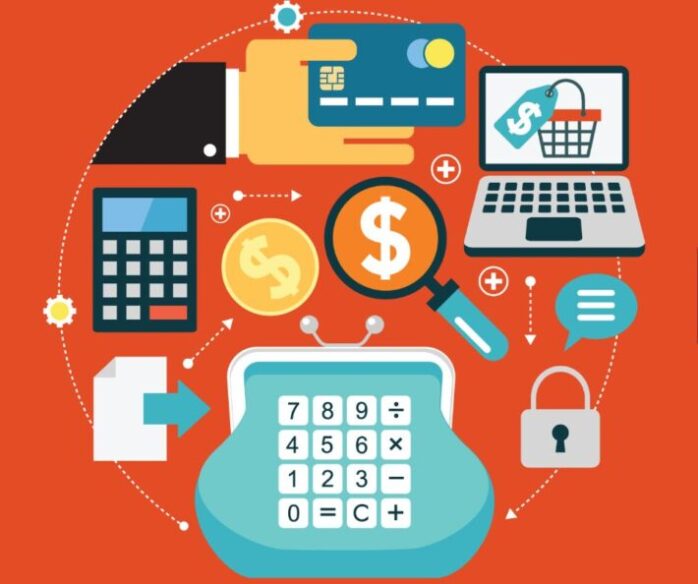
As more retail and wholesale buying drifts to the online marketplace, users who have trouble conveying funds from their bank or credit card to a seller often abandon the shopping cart and move on. That’s just one reason that companies large and small are implementing convenient, agile, intelligent payment processing systems is a must for any company that wants to keep the attention of site visitors and prospective customers.
The first rule of payment processing is to find a software package that has the features you need but is priced right. If you only sell three items and they all have the same price, there’s no need to spring for a top-of-the-line pay processor that’s been custom-built for global retailers. A smart rule of thumb is to keep things simple but offer payment options that include credit/debit cards, direct bank withdrawal, cryptocurrency, and cash cards.
4. A User-Friendly Website
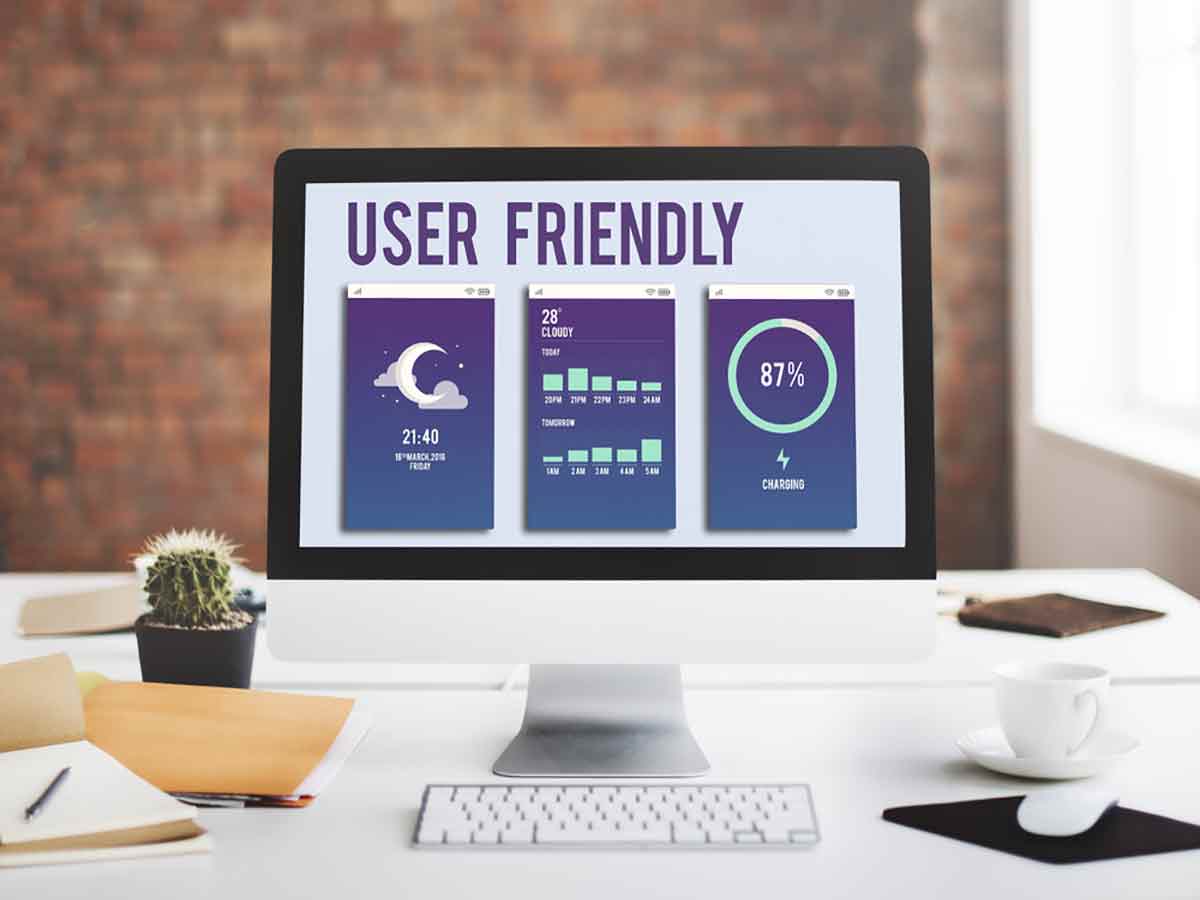
What’s true for payment processing also applies to a company’s entire website that if visitors have a hard time navigating, reading blog posts, viewing product descriptions, making contact with customer service reps, reading about company history, and sending products to their carts, they’ll say goodbye very quickly. One of the biggest trap’s owners fall into is not updating and upgrading their commercial websites on a regular basis.
To stay competitive in today’s market, it’s necessary to have an attractive and interesting site that’s not only easy to use, but that changes incrementally with customer and owner needs. To see this principle in action, check out sites hosted by some of the world’s largest corporations. They’re not overly complex but offer every visitor a wide array of choices, each one clearly labeled and fast-loading. Consumers who just want to shop can skip all the introductory material and go straight to product categories. Those who want to stick around and read about the organization or browse relevant blog articles can do so as well.
5. Asset-Tracking Software
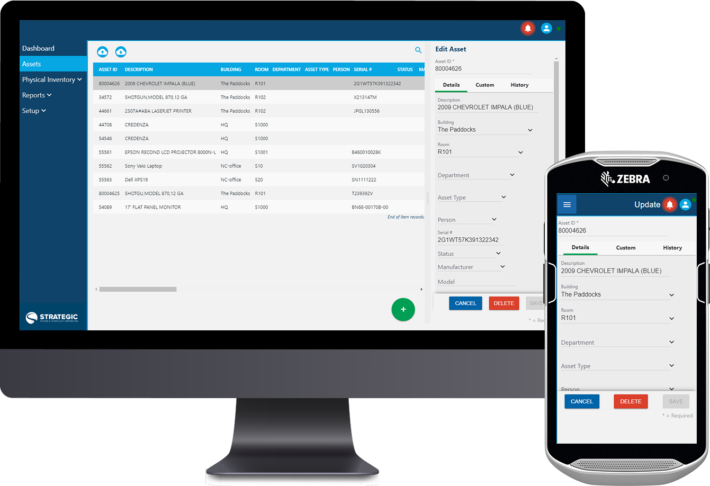
When company assets like vehicles, copy machines, computers, and other costly items are tagged with embedded microchips, it’s easy to track movement and analyze usage patterns. What began more than two decades ago as a way to simply know where things were has morphed into a high-level process of figuring out when to service each asset, know when to replace it, and protect it from theft.
When tracker technology first become commercially and financially viable nearly two decades ago, its pricing was still out of reach for smaller entrepreneurs. Now, after paying a small initial fee for embedded chips and a simple software program or app, even one-person entities can tag and follow every piece of physical equipment they own. Common items include office furniture, appliances, computers of all types, equipment, vehicles, and anything that’s not considered a fixture.
6. Social Media Accounts
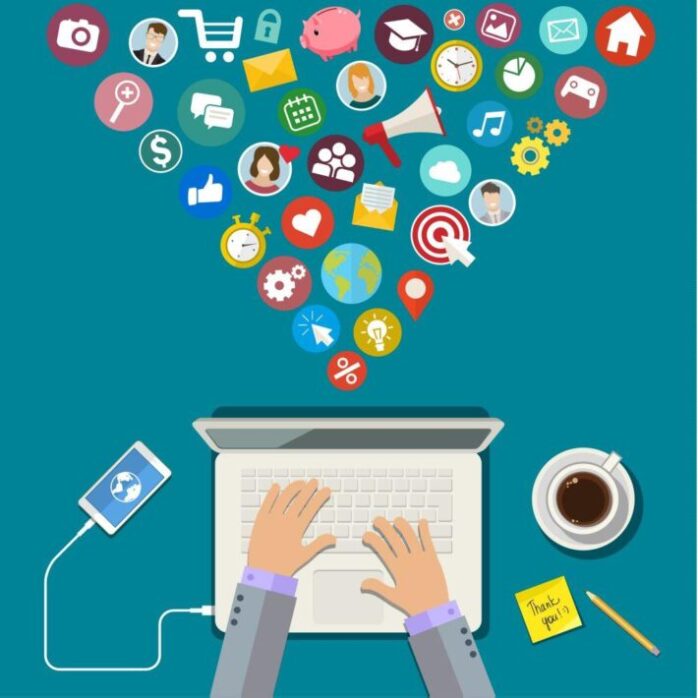
Once a luxury or add-on to main websites, social media accounts are now part of nearly every business’s general marketing effort. The big advantage is the low cost of setting up these pages. After that, most owners pay freelancers or in-house IT team members to maintain the pages and monitor traffic. What’s new for business-based social media in the 2024’s? One interesting development is that money-strapped entrepreneurs can now rely on two or three social accounts as their main selling and customer acquisition channels. If you can build an interesting, constantly updated social media presence, it’s easy enough to send crowds of prospective customers to your main website, which acts as nothing more than a giant shopping cart.
Done correctly, just about any retailer can drive traffic to a simple, cart-enabled page from a half-dozen social media accounts that reach around the world and cost virtually nothing. Another benefit for owners is the emotional impact and personal connection that social accounts can deliver. Many major corporations post human interest pieces, short videos, and interactive surveys on their socials. In that way, among others, it’s possible to leverage this unique tool to get the attention of people who otherwise might never visit your main website.
7. In-Office Camera Surveillance
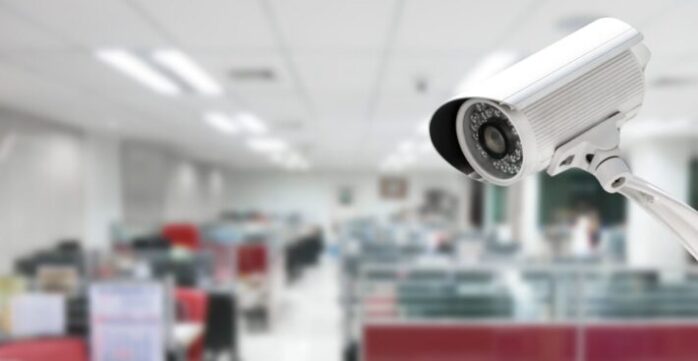
For better or worse, on-site workers are growing accustomed to miniature cameras in nearly every common office space, with the sole exception of restrooms. The low price of mini-cams has driving usage rates through the roof. Once priced out of reach of smaller organizations, modern all-around surveillance systems for office environments cost little. Plus, they’re easy to install and allow for app-based monitoring from any location. Security is an added benefit for those who want to maintain constant visual observation of a building’s perimeter.











